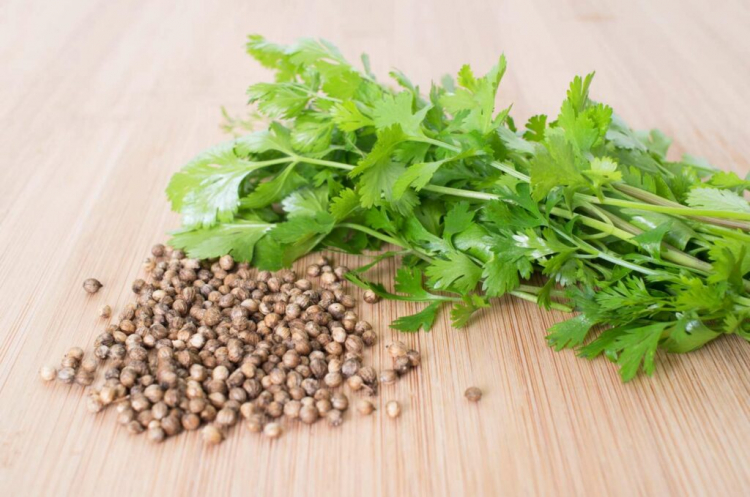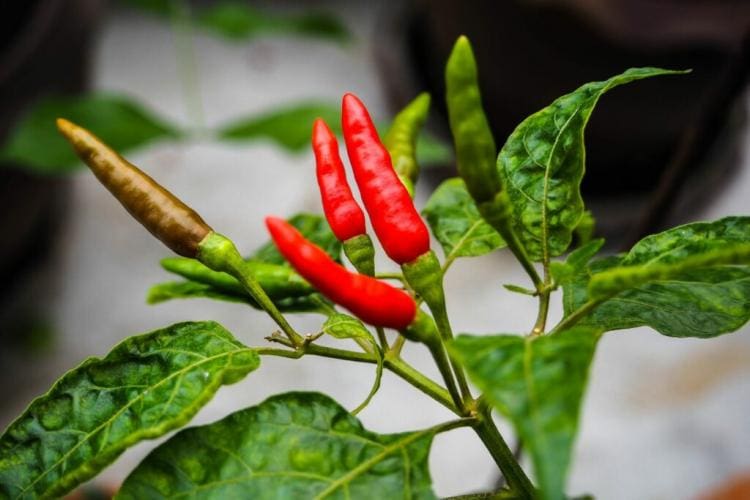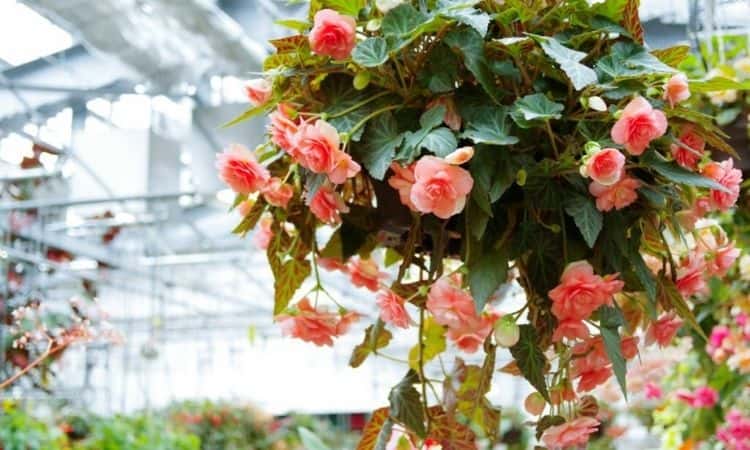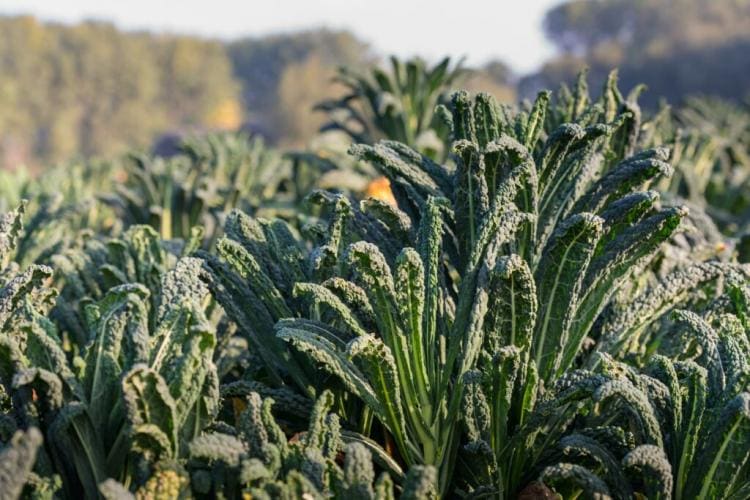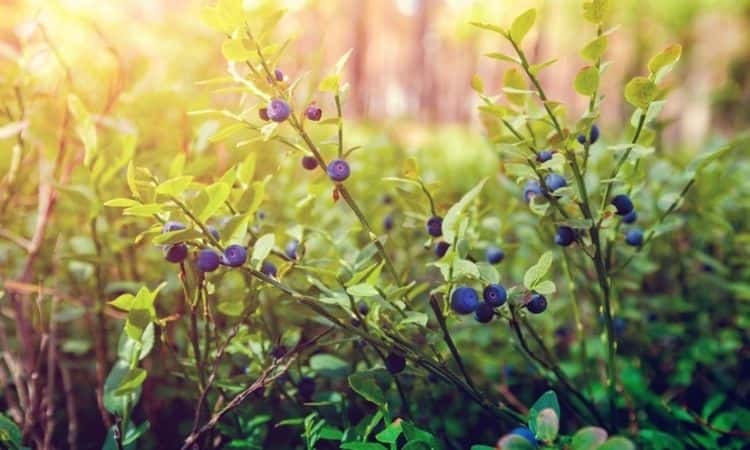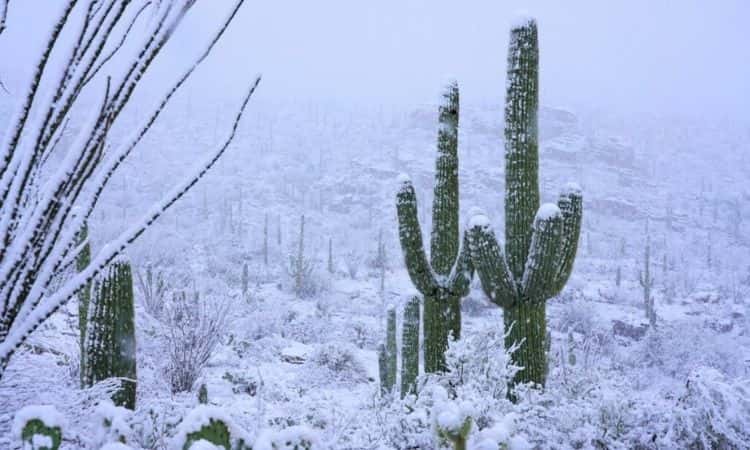Harvesting And Storing Of The Coriander
Coriander seeds and leaves can be used in the kitchen. But how is coriander harvested correctly and how can the shelf life be extended?
Coriander ( Coriandrum sativum ), also called bug herb or Asian parsley, is one of the most important herbs in Asian cuisine. After successfully growing the Umbelliferae, both the leaves and the seeds can be used in many ways in the kitchen. It makes sense to know some tricks for preservation so that the coriander can be stored without problems and used to refine dishes for as long as possible.
Harvest coriander
Table of Contents
The leaves of the coriander plants can be harvested continuously during the growing season. By cutting the bug herb regularly, the flower formation, which is usually associated with a negative change in taste, is delayed. However, if you also want to harvest the spicy seeds of the real coriander, you must no longer cut it from July so that the plants still have enough energy for blossoming and fruiting. Coriander can often be harvested well into September.
Tip: If you want to harvest the coriander leaves above all, there is a trick to suppress the flowering: sow the coriander rather late, between mid-April and mid-June. Those who want to harvest seeds, however, sow early, namely from the end of March. We’ll tell you more about growing coriander in the accompanying special article.
Harvest coriander seeds
Depending on the weather and the variety, the aromatic coriander seeds can be harvested 20 to 28 weeks after sowing. Accordingly, the harvest time is usually in the months of July to August. The drying umbels in which the coriander seeds are located should always be cut off before they are fully ripe in order to avoid losses when the seeds are released. As soon as the seed heads turn a light brown color, they can be harvested.
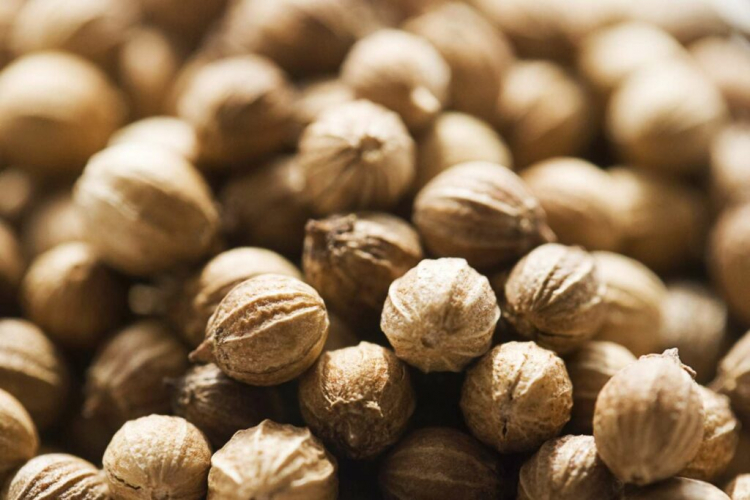
Harvest coriander leaves
When the self-grown or purchased young plants have developed into powerful herbs, the leaves of the coriander can be harvested continuously. Depending on whether you only want to use the fresh leaves or later also the seeds of the coriander plants, you can either cut off entire shoots close to the ground or harvest the leaves individually with scissors. If seeds are to be harvested, one should not cut too much at once so as not to weaken the plant too much.
You might so like: Lovage: Maggi Plant From The Herb Garden
At the same time, however, pruning is urgently needed to prevent the blooms and seeds from forming too quickly. With the flowering, the harvest of the spicy coriander leaves is often over, as the coriander green takes on a slightly bitter taste. It is still edible, but many people no longer taste it that good. If the first inflorescences appear, the entire foliage of the plant should therefore be harvested and stored.
Preserve and store coriander
Freshly harvested coriander leaves can be stored for a few days if the cut shoots are placed in a glass with water in the refrigerator. If you cannot use the fresh coriander within a few days, or if you have an excess harvest, there are several ways to preserve the leaves. Coriander seeds can also be made storable with little effort.
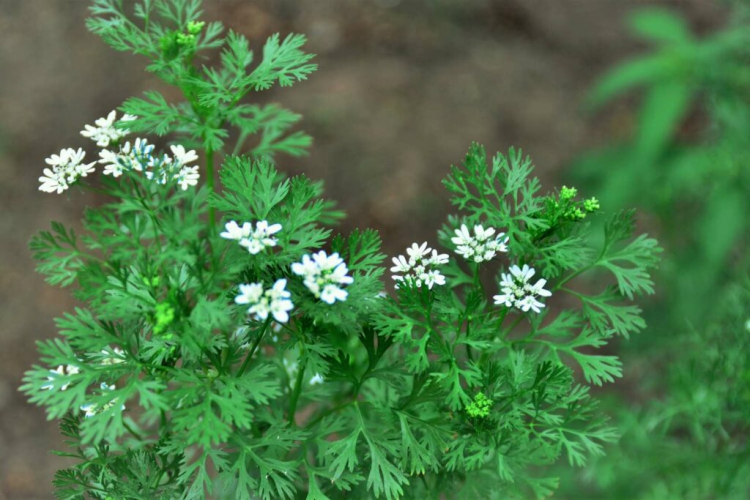
Freeze the coriander
The leaves of the real coriander can be chopped up and frozen after harvest. This means that freshly harvested leaf coriander is available for cooking at any time and as required. The herb can be frozen for about a year.
You might so like: Planting And Growing Lettuce: Our Expert Tips
Dry the coriander leaves
Alternatively, the coriander leaves can be dried after harvest. To do this, the shoots are hung up to dry for about two weeks. The drying process can extend the usability to approximately six months. However, this reduces the intensity of the aroma somewhat.

Soak coriander in oil
A third way to preserve coriander leaves is to soak them in oil. Olive oil or another high-quality vegetable oil, for example, is suitable for this. The leaves are placed whole or chopped up in a tightly sealable container. Then fill in enough oil to cover the coriander with about 1 to 2 cm of oil. Since the oil mostly takes on the aroma of the herb, it can also be used wonderfully to refine dishes.
Dry coriander seeds
Coriander seeds are very easy to dry and store. After the cones are harvested, they are hung on a string in a dry place or spread out and dried for about two weeks. The coriander seeds are ripe when they are dark brown in color and easily detach from the seed heads. The coriander seeds will keep for up to three years in an airtight container. So the harvest can also be used to sow the bug herb again next year.
When and how to sow coriander correctly, you can find out in our special article on the subject of Vietnamese coriander propagation.
